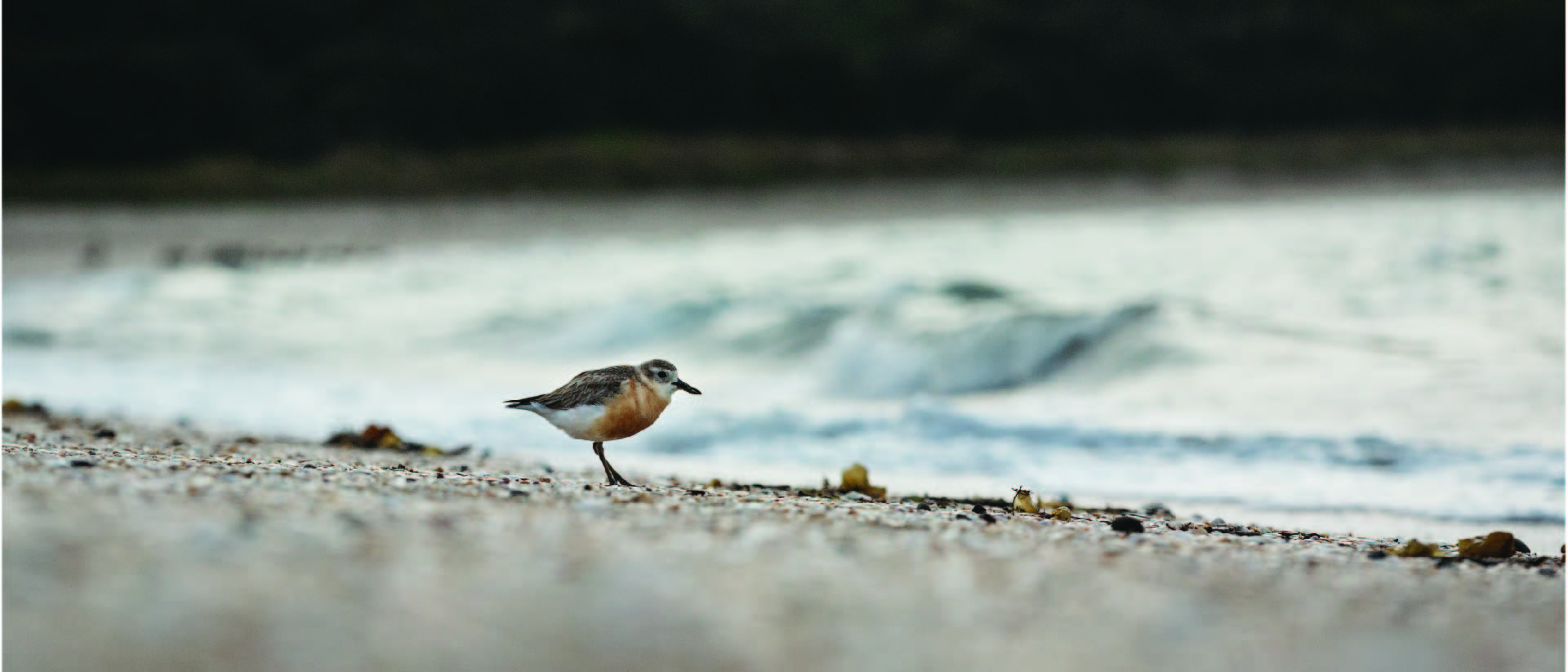Action area N1: Build the resilience of Auckland’s indigenous biodiversity, habitats and ecosystems to the impacts of climate change
Indigenous flora and fauna are under threat from a changing environment, particularly where those changes are so fast or significant that species cannot adapt or are overrun by
exotic invasive species that can adapt quickly.

NZ Dotterel, Shakespear Regional Park
To reduce the vulnerability of our indigenous biodiversity we need to:
- increase our understanding of potential climate change risks to Auckland’s
indigenous ecosystems and species and ensure that these are integrated into planning and policy considerations
- increase our commitment to control key pests and weeds that are expected to benefit from climate change, across a full range of Auckland’s indigenous ecosystems
- expand
habitat protection, restoration and enhancement programmes to increase the viability, geographical extent and connectivity of indigenous terrestrial, freshwater and
marine ecosystems
- expand habitat restoration within the Kaipara Harbour, Hauraki Gulf and Manukau Harbour
- develop approaches that support resilience and recovery of indigenous biodiversity from climate change effects (e.g. drought, storms) and increase public understanding of the importance of pre-emptive action
- increase opportunities for community-led monitoring programmes and connection to our natural environment
- promote, progress and fund current and emerging initiatives, programmes and groups actively committed to the restoration, sustainability and protection of interaction between
tāngata and
whenua systems within their communities.
Find out about Whakaoratangi i te Puhinui / Puhinui Stream regeneration.
